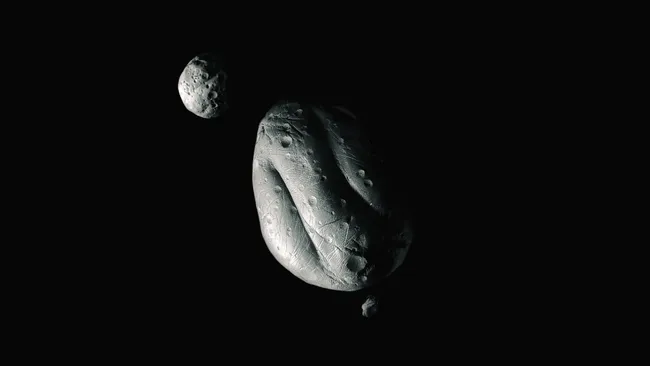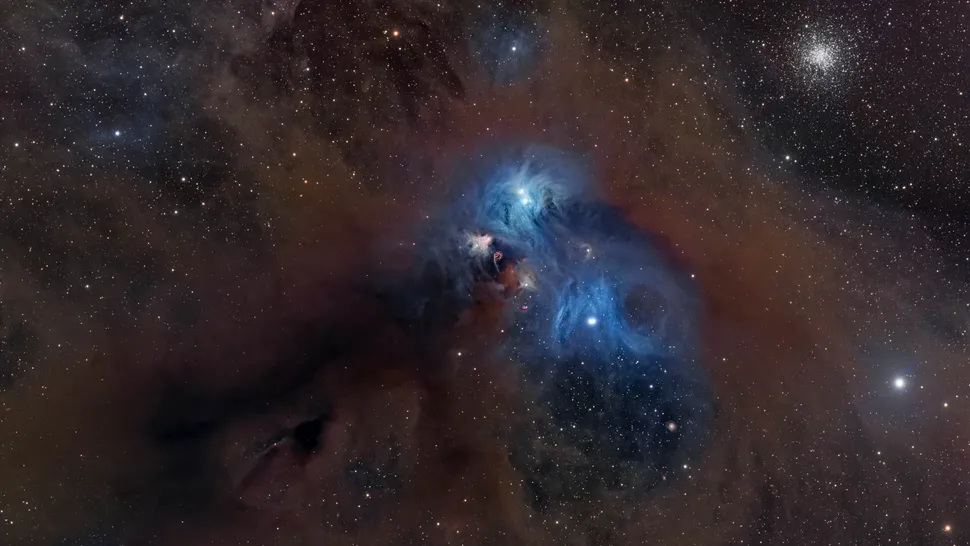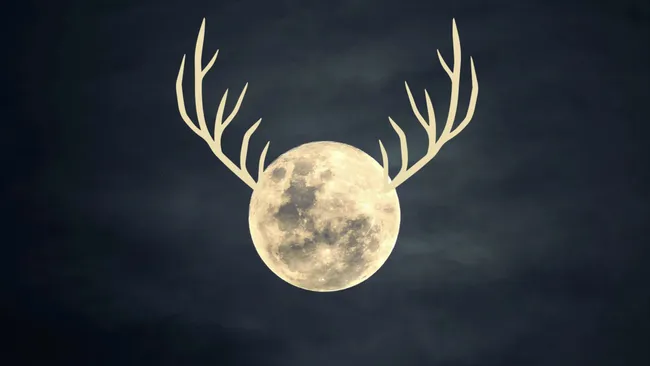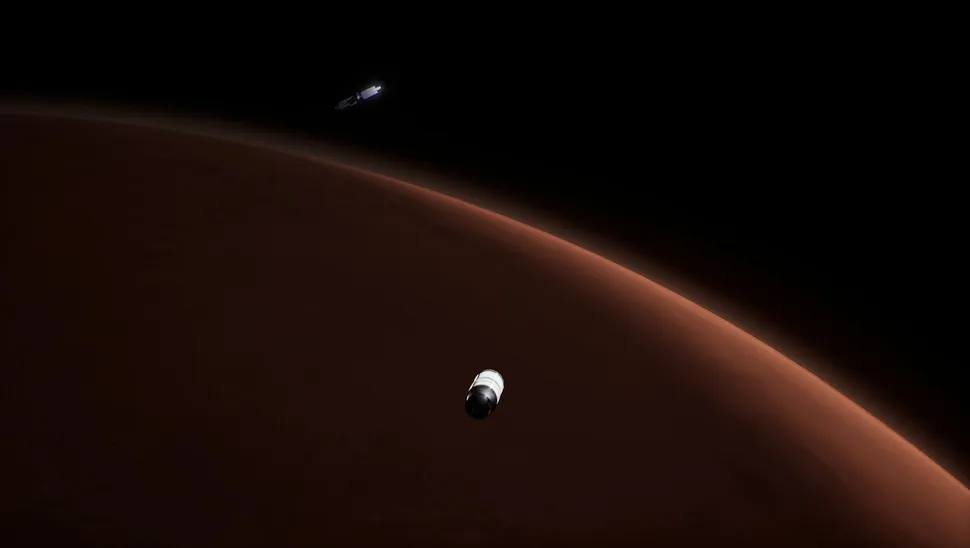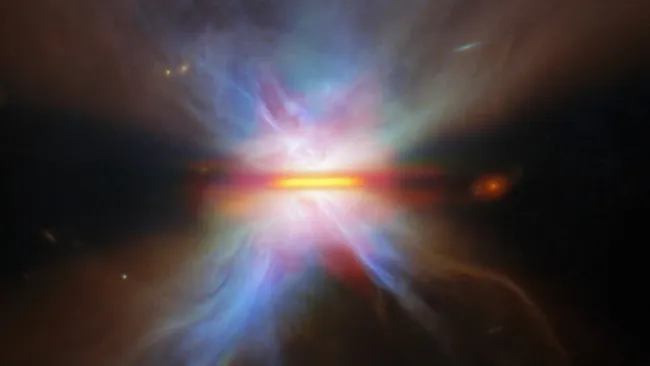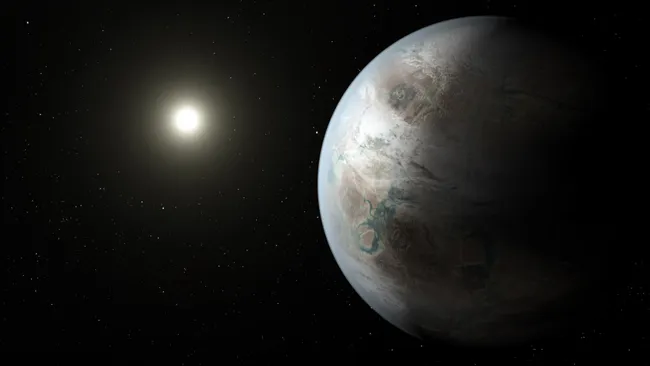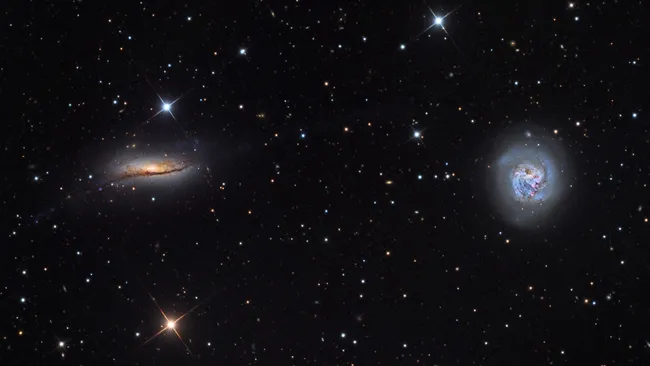Scientists have long suspected Earth occasionally catches small celestial hitchhikers. Now, fresh research suggests our planet may be orbiting alongside at least six “minimoons”—tiny fragments that once belonged to our very own Moon.
These miniature satellites, usually no bigger than an SUV, are believed to be born from lunar collisions. When asteroids or other objects crash into the Moon, they throw up debris—some of which gets caught in a temporary dance with Earth before continuing their cosmic journey around the Sun.
“It’s kind of like a square dance,” says Robert Jedicke, lead researcher from the University of Hawaii. “Partners change regularly, and some leave the dance floor for a while.”
The study, published in Icarus, reveals that debris ejected from the Moon during high-energy impacts can get temporarily trapped in Earth’s gravity. Simulations suggest around 6.5 of these lunar-born minimoons might orbit Earth at any given time—though tracking them is no easy task.
Where Do They Come From?
Although many minimoons are thought to originate from the asteroid belt between Mars and Jupiter, recent observations challenge that assumption. Notably, 469219 Kamo’oalewa, discovered in 2016, was revealed to be a lunar shard—possibly the result of the Giordano Bruno crater impact 1–10 million years ago.
A second object, 2024 PT5, appears to have similar lunar origins. Together, they suggest the Moon is actively spawning its own brief, bouncing satellites.
They’re Hard to Find
Minimoons are tricky to detect. Most range from 3 to 7 feet (1 to 2 meters) wide and move rapidly across the sky. This fast motion causes telescopes to register trails rather than distinct spots—something current algorithms struggle to process.
Still, hope isn’t lost. The 2020 minimoon CD3, visible for just two nights out of 1,000 when in range, was successfully detected by the Catalina Sky Survey. That success gives scientists optimism that future discoveries are possible—especially with refined detection tools.
Big Science from Tiny Moons
Beyond scientific curiosity, these fleeting satellites might have practical uses. Because they’re close and require less fuel to reach than asteroid belt targets, they could be ideal for space mining missions, offering access to valuable materials with lower costs.
From a scientific perspective, minimoons offer a unique glimpse into solar system evolution. Studying how lunar fragments launch and orbit Earth could improve our understanding of impact dynamics, both on the Moon and Earth.
“These tiny moons might help us understand how planets form, how impacts affect them, and even how to protect Earth from future threats,” Jedicke concludes.
In short, our skies might be a little more crowded than we thought—with quiet visitors making brief, fascinating stops in Earth’s orbit.

